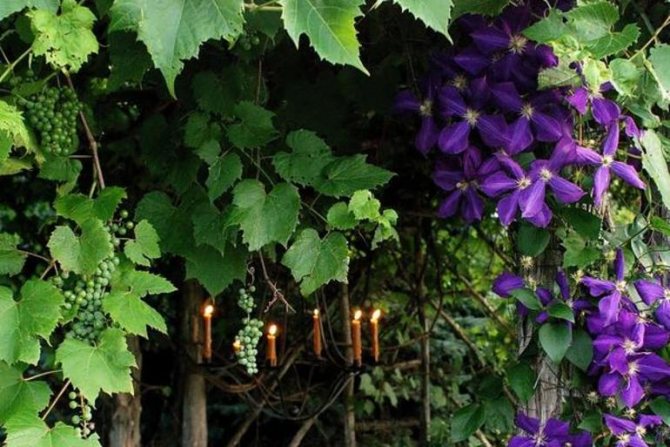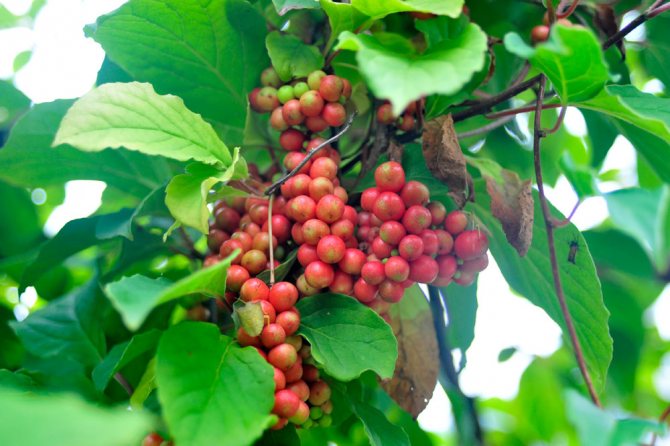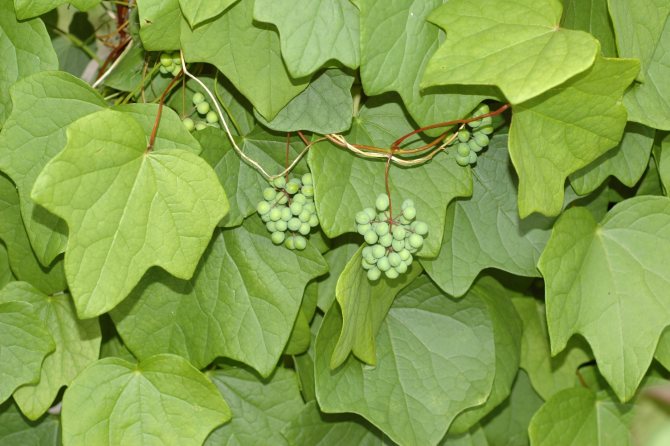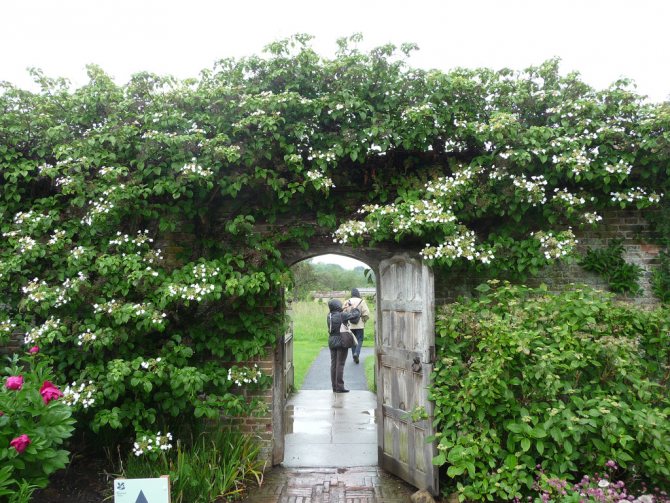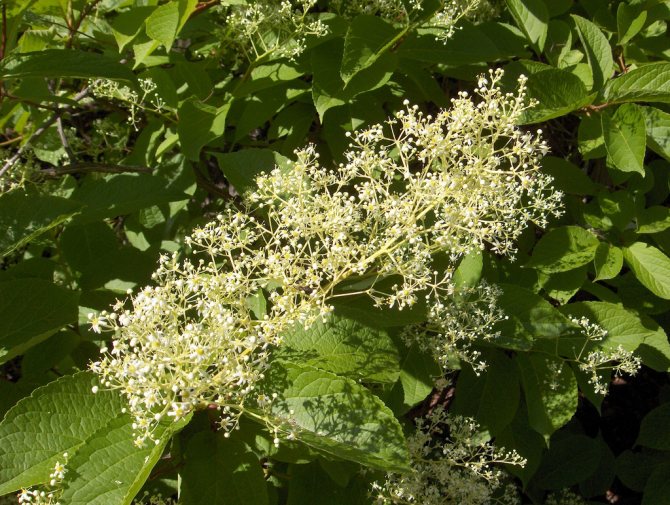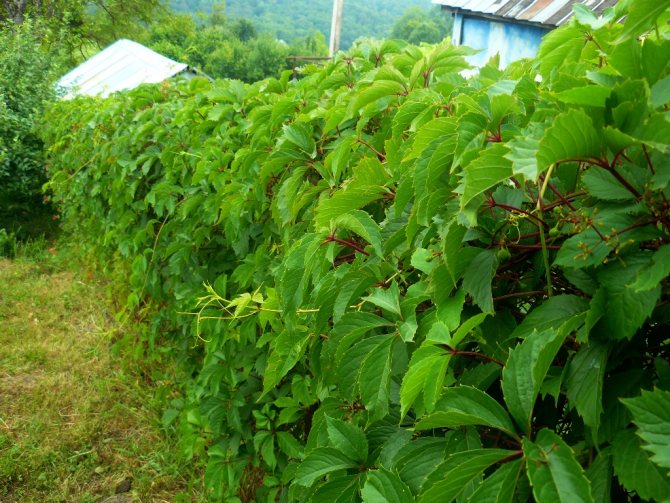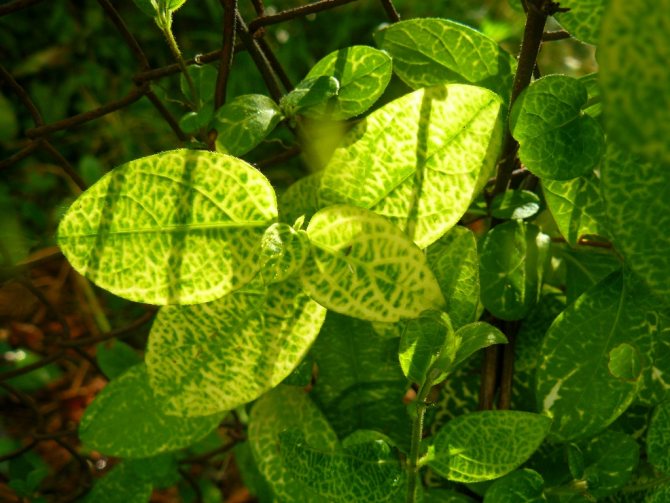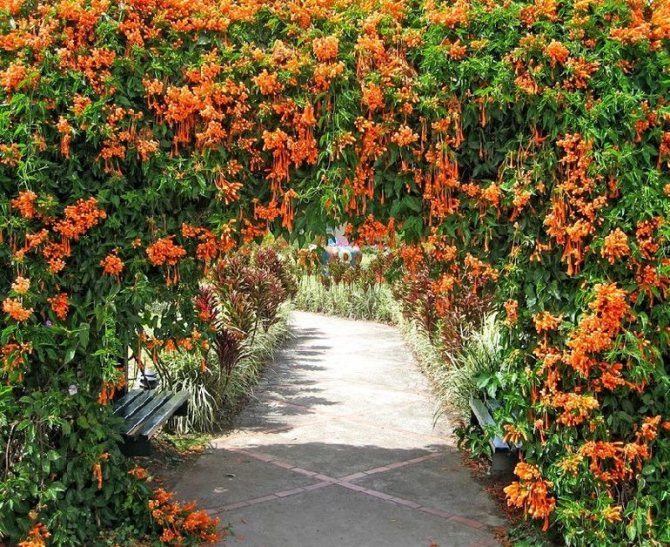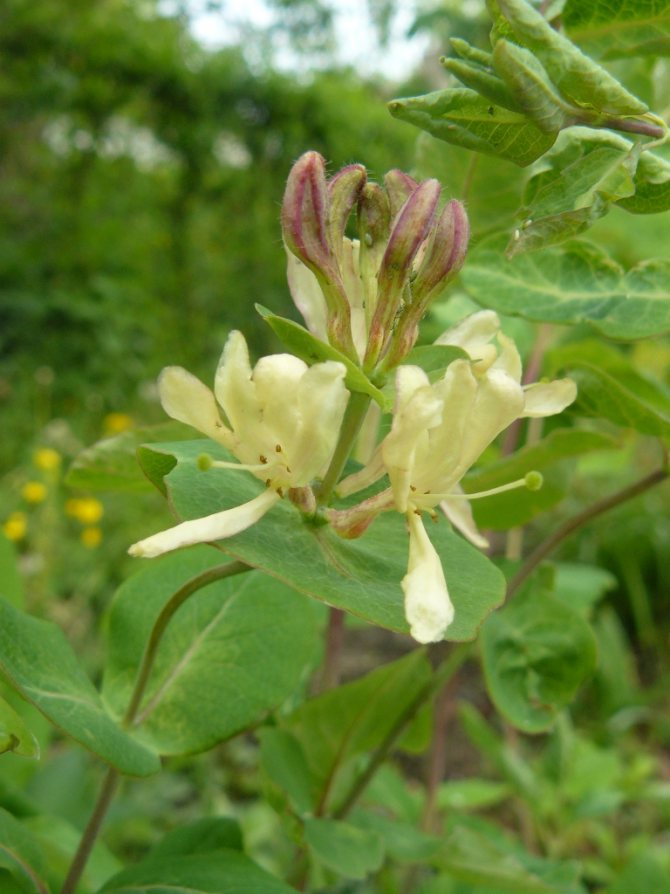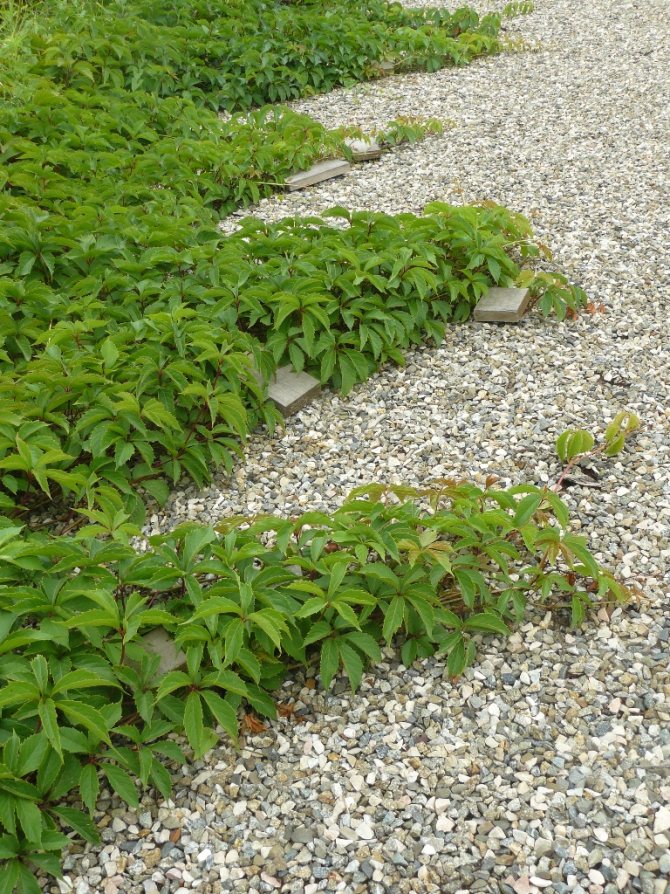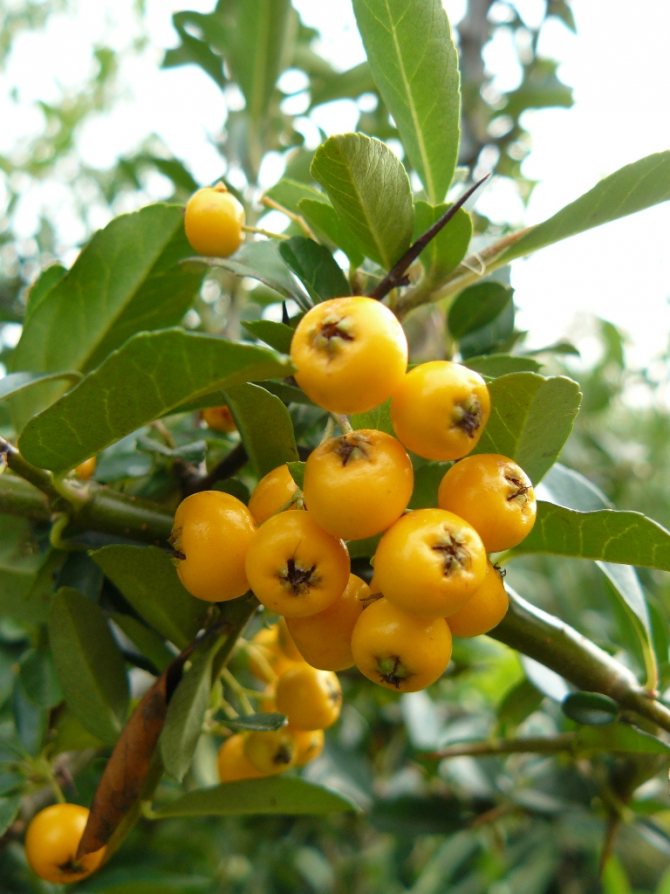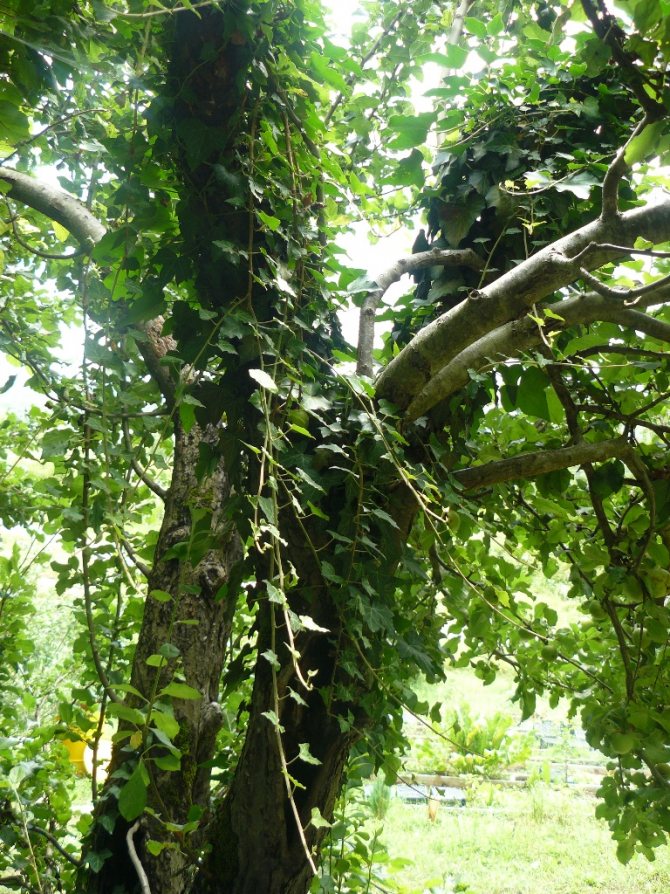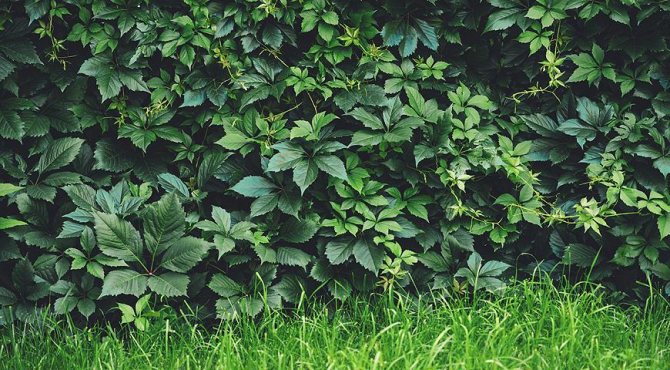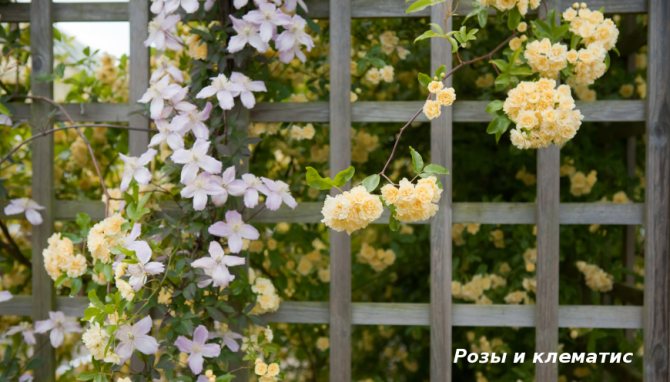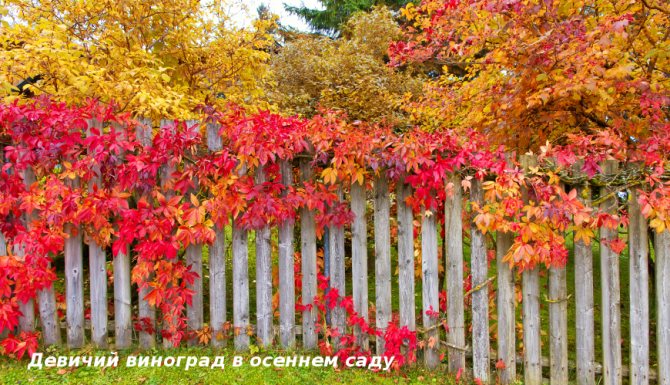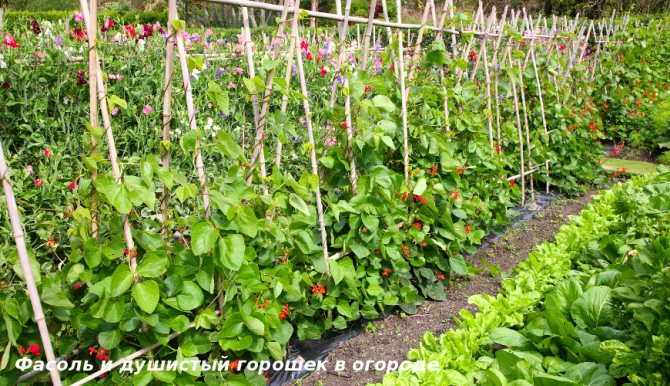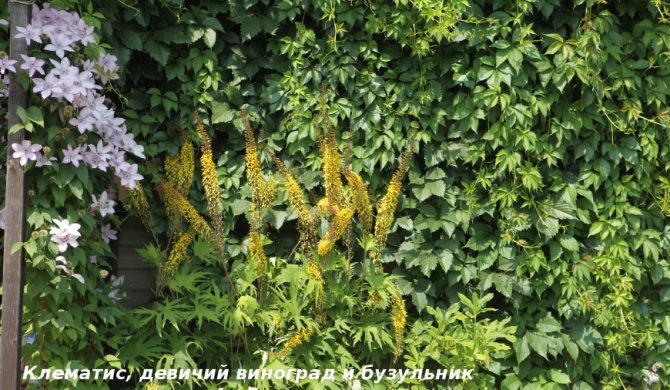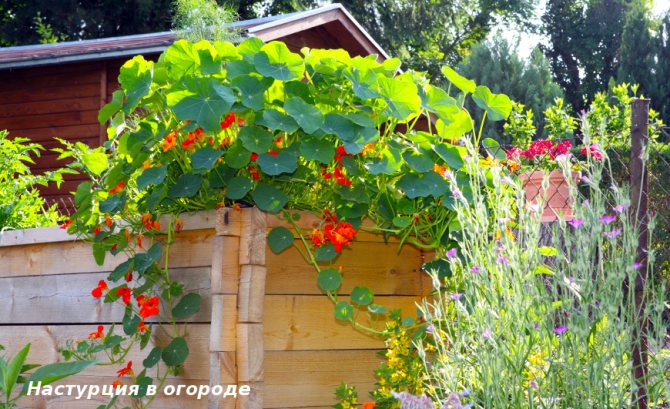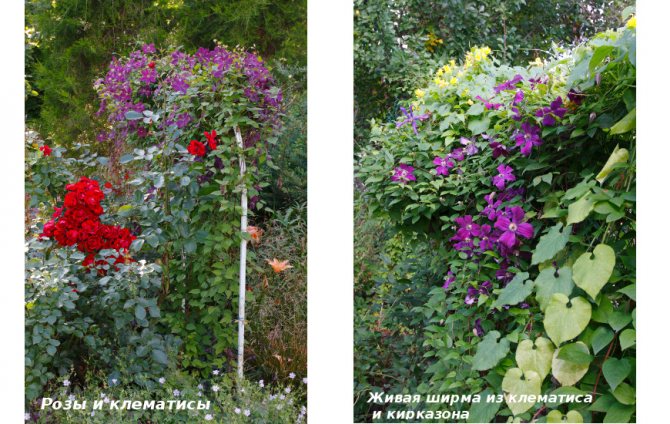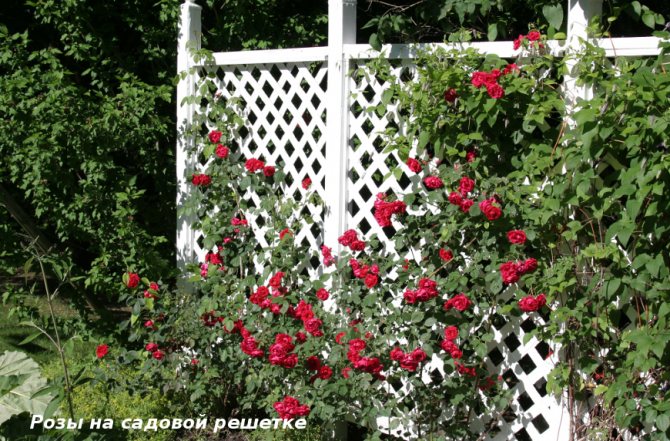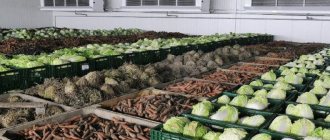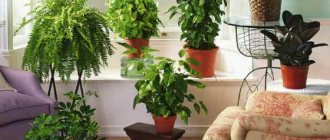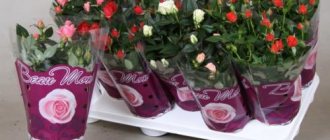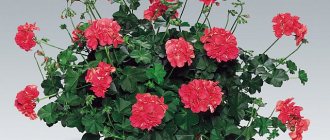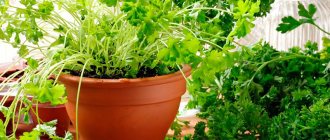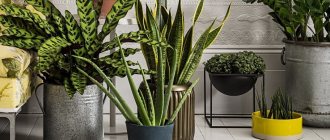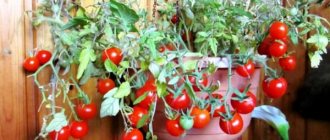Probably every lover of home flowers has an indoor liana. This curly culture can brighten a room. You can also decorate walls with these plants or wrap around a stand. Vines require almost the same care. But if you compare them with other indoor plants, then the care for indoor vines will be different. Therefore, before buying a flower, you need to know how to maintain it, how to water it, what else needs to be done so that the home culture grows.
Chinese lemongrass (Latin Schisandra chinensis)
If you are creating compositions with alternating flowering, I advise you to choose Chinese magnolia vine. This vine is considered especially winter-hardy, but not decorative enough in the spring and summer, as it produces quite a few flowers, but they are very small. But closer to autumn, Chinese lemongrass will be decorated with beautiful bunches of red berries.
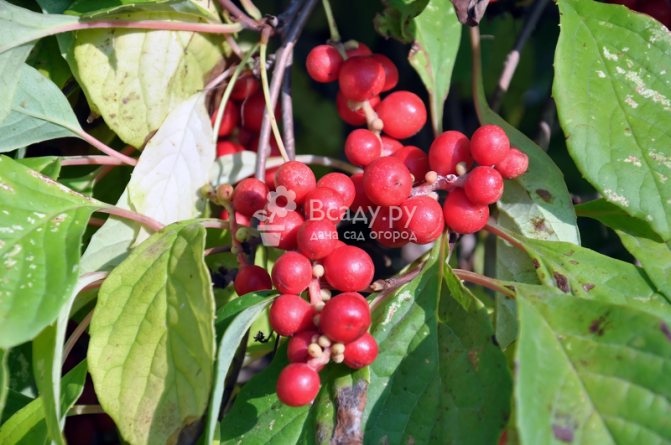
Chinese lemongrass is especially beautiful in autumn, during the fruiting period.
Lemongrass loves soil saturated with moisture and air; it develops well in partial shade. It grows slowly, initially building up the root system. Subject to the growing conditions, this vine can reach 15 meters in height, so it needs reliable support.
Shoots should be removed to promote better flowering. I appreciate Chinese lemongrass not only for its pronounced pleasant aroma and decorative effect, but also for its medicinal qualities.
You will find information on growing lemongrass in the Moscow region in our material.
Honeysuckle honeysuckle (lat.Lonicera caprifolium)
This vine is suitable for those who wish to focus on it for the entire season. Large flowers of various shades (depending on the variety) appear in June and July, and by autumn they are replaced by bright orange and red fruits.


Honeysuckle honeysuckle stands out for the preservation of its decorative qualities throughout the summer season
This is a fairly frost-hardy plant, but a one-two-year-old vine can freeze, so I remove it from the supports and cover it for the entire winter. Adult vines are not afraid of cold weather. Even if they freeze at low temperatures, they recover in the spring.
The disadvantage of honeysuckle is that it loses its decorative qualities over the years, as it grows and changes shape. I try to cut out small and unpromising branches every year to avoid thickening.
Remember that not all varieties and types of honeysuckle can be eaten - they are divided into garden and decorative.
Ipomoea problems
The plant is susceptible to many diseases. Rust, rot, swelling, fungal infections and even viral diseases - all of this you can face when growing morning glory.
To treat the plant, sore spots are cut off and sprayed with a medicinal preparation.
If rot is found, then it is better to destroy the bushes. Rot is incurable in this case. Follow watering rates to avoid white swelling.
If a plant gets sick with a virus, it is impossible to help it. Lianas are dug up and burned in order to prevent and save other plants.
Stalked hydrangea (lat.Hydrangea petiolaris)
This vine is preferred by those who prefer gentle flowering. Its snow-white flowers of various sizes envelop the liana like a cloud. In July, it will effectively decorate any garden. But it grows very slowly - and this must be taken into account when developing landscape design.
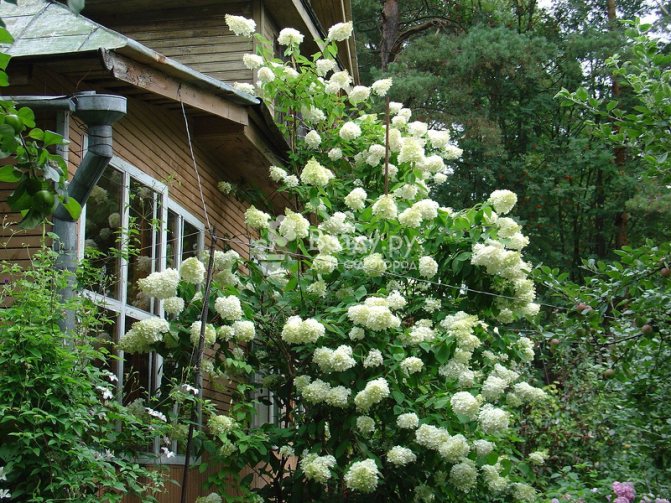

Stalked hydrangea - liana with magnificent delicate flowers
Plants of this species prefer moisture-consuming, loose soil. I plant petioled hydrangeas in the shade of the garden buildings, on the east and west sides.
Despite the frost resistance of the vine, it must be prepared for winter. Before the onset of frost, at the end of October or at the beginning of November, I remove it from the supports. So that next year it will bush better - I cut it off, and then cover it with a covering material: agrofibre, or lutrasil. I additionally spud the roots with spruce litter.
Also, in order to preserve the decorative qualities of hydrangeas, it is necessary to protect the culture from diseases and parasites.
Round-leaved woodworm (lat.Celastrus orbiculatus)
The unusual plant belongs to the genus of lianas, which is optimal for temperate climates. The culture shows all its beauty in the fall, when the fruiting period begins. Bright orange "boxes" with red berries inside look very impressive against the background of yellowing foliage. All summer, the vine is decorated with green leaves, and the fruits can hang on the shoots all winter.
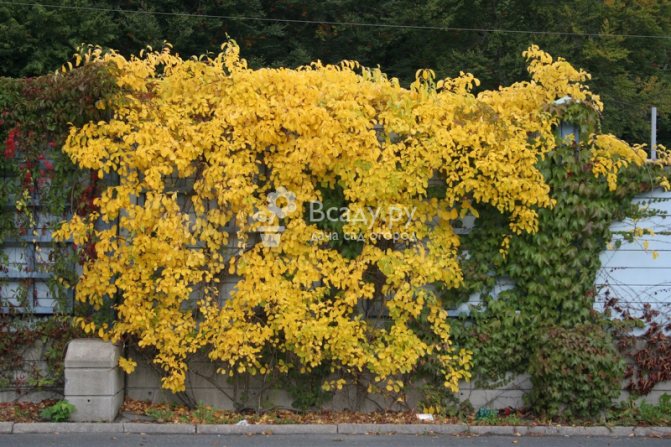

The tree nose plier is ideal for decorating buildings and structures away from fruit trees
I do not recommend planting woodworm close to fruit trees and bushes. Liana grows very quickly and can completely "absorb" cultivated plants. Moreover, the tree-nose plier does not just twine around the trunk - it sticks its processes into the bark. Therefore, it is important to choose the right place for growing.
The main nuances of watering, humidification and temperature conditions
All these parameters are related to each other, therefore, they are combined into one subsection. The following conditions are considered ideal for normal growth and flowering of these "pets":
- moderate air temperature;
- regular ventilation of the room;
- high air humidity (about 80%).
In summer, the room temperature should be around 20 помещенииС. If the room is hotter, then you should regularly spray the foliage with water at a temperature of + 20⸰С. But in winter, the vines need to be kept away from heating devices, and the air temperature during this period should not be higher than +15 + 16⸰С.
In winter, you should also spray the plant, but with warmer water.
Water these tropical perennials in the morning or evening. Spraying is carried out at the same hours. The next watering should be done when the top of the soil is dry. The plant should not be overmoistened, besides, the soil in the pot will stay hydrated longer under the large head of the vegetative mass of the plant.
Irrigation water should be at room temperature, otherwise the roots may start to rot.
If the apartment is too hot and dry in winter, then it is better not to bring these evergreen perennials into the house - they will not feel comfortable, they will start to hurt and dry out.
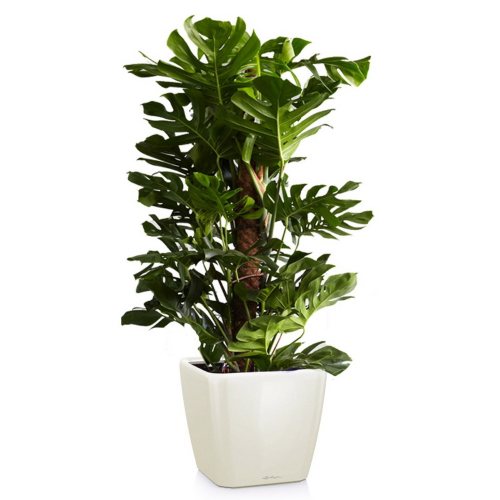

Monstera
Fresh air is necessary for all types of vines. They are very afraid of drafts, so it is better to place these perennials near the wall so that the fresh air does not chill the plants.
And do not forget about maintaining high humidity throughout the year. In addition to regular spraying, the plant should be given a shower every 30 days. After all, dust from foliage is difficult to remove with a wet rag or sponge, so you have to rinse it off with running water. Such an event is also a prevention against the appearance of a spider mite.
The shower should be warm and the water jet weak, so as not to damage foliage and shoots.
Maiden grape (lat.Parthenocissus)
For the laziest gardeners, I recommend using girlish grapes to decorate the site. This is one of the most picky perennial vines. I plant cuttings harvested in autumn in loose soil in spring, water well, prepare supports and after 2-3 months I get young shoots.
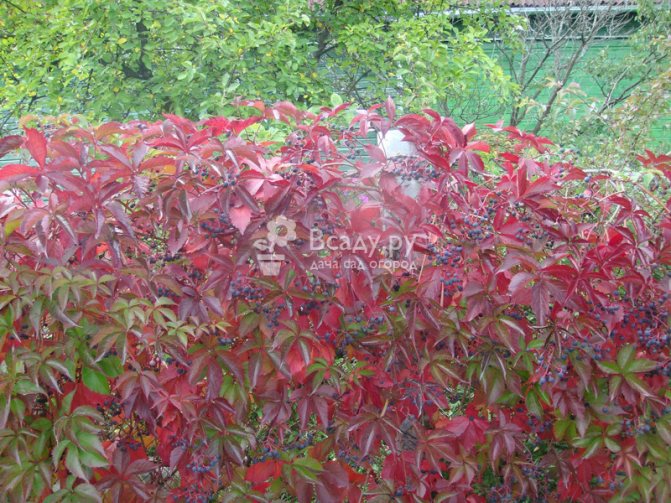

Girlish grapes are not whimsical to care for and grows quickly
The whole care of the girl's grapes is annual pruning. This is necessary for the formation of the vine, since it develops quite quickly. Three years after the first planting, my grapes completely encircled the wall of the house. It is important to remember that an adult vine with many leaves weighs a lot, so it is recommended to install a solid support.
Read more about growing maiden grapes in our article.
Actinidia (Latin Actinidia)
Actinidia looks very beautiful in the garden. This large vine retains its decorative qualities from mid-spring to late autumn, but is especially appreciated by designers and gardeners for its magnificent flowering in mid-summer. In addition to beautiful flowers, the plant produces bright green leaves that begin to turn white, pink, and then turn red at the ends. Because this process is gradual, the liana constantly has leaves of all shades, which makes it incredibly beautiful.
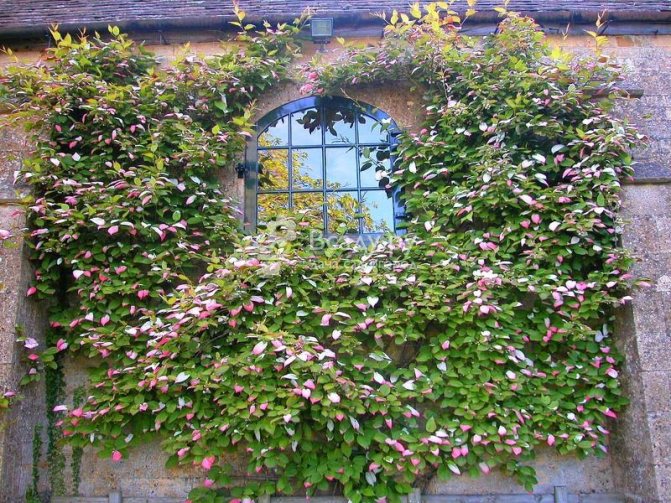

The foliage of anemones is decorative, and will beautifully emphasize the exterior of a country or country house
If male and female plants are grown in the garden at the same time, pollination is possible. Then, juicy berries, reminiscent of kiwi in taste, can become a pleasant bonus to the decorative appearance.
Winter-hardy vines are an excellent choice when decorating a garden in temperate climates. These plants do not require specific care, they grow rapidly. They can be used to create a hedge, decorate pergolas, gazebos and verandas, create a lively exterior of a country house.
Irina Viktorovna Belyanova, landscape designer
The best types of climbing annuals for the garden
There is a huge number of climbing annuals, differing in length of shoots, shape, size and color of foliage, buds and fruits. Below are the best and unpretentious types of curly annual flowers that can be grown without problems in the conditions of central Russia.
Bindweed
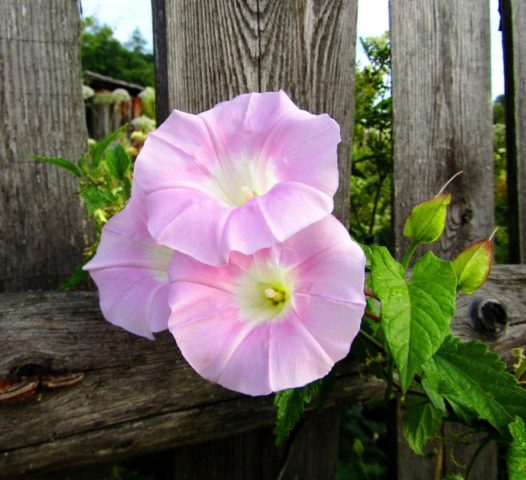

Garden bindweed is a fairly popular and unpretentious climbing perennial belonging to the Bindweed family. In nature, the plant is widespread in subtropical and temperate climates.
A characteristic feature of bindweed is the funnel-shaped shape of the buds, located in the axils of the leaves by 1 - 3 pieces or collected in inflorescences. As a rule, flowers open in the morning. Climbing shoots of annual bindweed usually do not exceed 0.5 m in length. Their foliage is alternate, leaves are simple, whole, serrated or lobed, have a heart-shaped or arrow-shaped shape. The fruits of the culture are boxes with seeds inside.
Lobia (Dolichos)
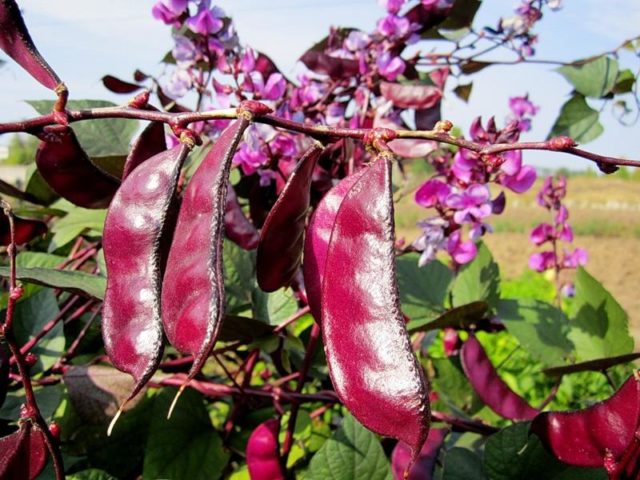

Lobia (Dolichos) is a herbaceous climbing liana from the legume family, cultivated as an annual. It is considered a heat-loving and light-loving plant, undemanding to the composition of the soil. In nature, the culture grows in the tropics and subtropics, but it is perfect for cultivation in temperate climates, for example, in the North Caucasus, Crimea and southern Ukraine.
The appearance of the plant resembles a bean. The stem is curly and branched, reaches a length of 4 - 5 m, densely covered with large, trifoliate leaves. The flowers of the culture are small, 1 - 1.5 cm in diameter, most often painted in a purple or violet hue, less often in white or yellow. Long racemose inflorescences can contain up to 40 flowers. The fruits of this annual are large purple-violet beans of flattened and curved shape, ranging in size from 4 to 15 cm. The beans contain 2 to 4 seeds inside. Lobia is grown not only as an ornamental plant, it is also cultivated as a vegetable and grain crop. In cooking, as a rule, slightly unripe fruits are used.
Advice! A huge advantage of this climbing annual is the ability to enter into symbiosis with nodule bacteria, so lobia can be used to enrich the soil with nitrogenous substances.
Morning glory
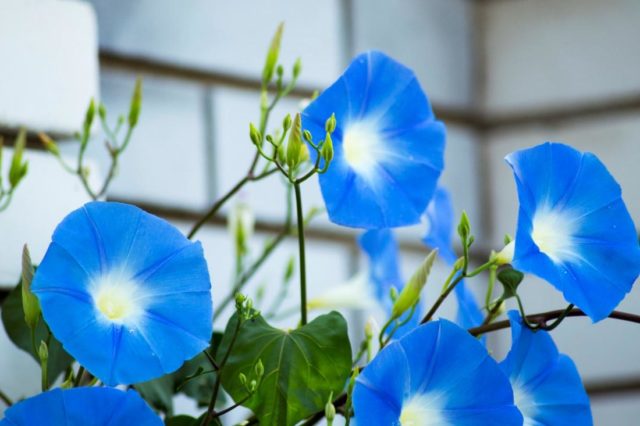

In natural conditions, morning glory is also widespread in tropical and subtropical climates and is, as a rule, a perennial plant. However, at present there are a huge variety of varieties of this climbing liana, which in the regions of the middle lane is usually grown as an annual.
The morning glory, belonging to the Bindweed family, is very similar to the bindweed, but, unlike the latter, it can reach a height of about 5 m. The leaves of the morning glory are heart-shaped or delicate. Funnel-shaped flowers are located on long pedicels, their color can be very diverse. Ipomoea flowers open early in the morning and turn towards the sun, for which she received the nickname "flower of the morning dawn."
Kobei


Kobeya is a fast-growing climbing annual belonging to the Sinyukhov family. Under natural conditions, it occurs in humid tropical and subtropical climates. It can withstand frosts up to 5 degrees below zero.
On the climbing shoots of an annual, reaching a height of about 6 m, complex-pinnate spectacular leaves are alternately located. Towards the end of the stem, the leaves change, turning into antennae, which help the annual to cling to the proposed supports. The purple or white flowers are bell-shaped, about 8 cm in size, with the stamens and pistil protruding strongly from the perianth. Flowers can be arranged singly or gathered in groups of 2 - 3 pieces. The fruit is a leathery capsule with large, flat, oval seeds.
Echinocystis
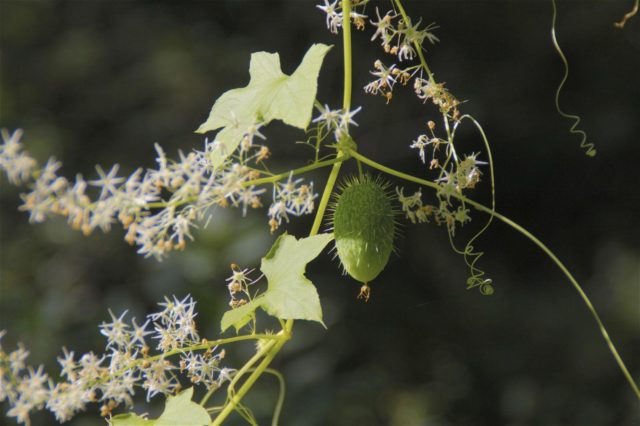

A rather unusual climbing annual is echinocystis ("thorny fruit") - a herbaceous moisture-loving plant from the Pumpkin family. Another name for echinocystis, "mad cucumber", got him because of the specific feature of the fruit - they burst at the slightest touch.
Liana has flexible, curly stems up to 6 m long, covered with light green lobed leaves, characterized by the presence of 3-5 pronounced angles. The size of the leaf plate is 5 - 15 cm. Small white flowers of an annual with a diameter of up to 1 cm are collected in cluster inflorescences. Towards the end of summer, the formation of oblong seed pods begins, containing several seeds covered with mucus.
Advice! During flowering, echinocystis inflorescences exude a bright aroma that actively attracts bees, therefore beekeepers often use this curly annual as a honey plant.
Sweet pea
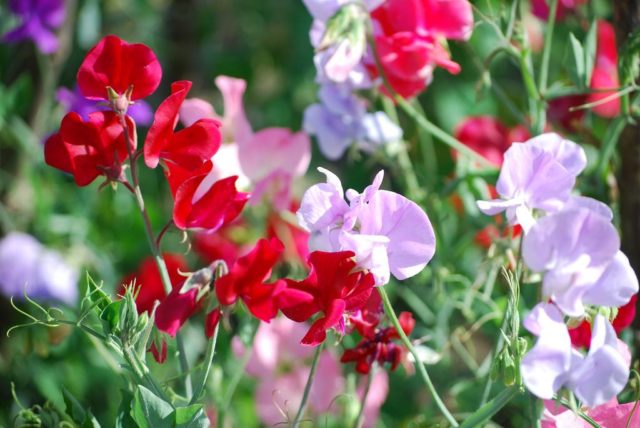

Sweet peas are another curly member of the legume family. In total, there are about 1000 varieties of this plant, cultivated in the middle lane as an annual. Sweet peas are often used for vertical gardening, decorating gazebos and terraces. Like lobia, it is able to enter into symbiosis with nodule bacteria.
Pea shoots are climbing, curly and weakly branching. With the help of antennae (modified leaf plates), sweet peas climb the support. In its shape, the flowers of an annual plant resemble a boat with a sail. Their flowering is quite abundant. The fruits are represented by bivalve beans with 5 to 8 seeds inside.
Moonflower


Moonflower is a climbing annual from the Berezkov family. The main feature of the vines are bright snow-white flowers up to 15 cm in size, blooming at sunset and closing at sunrise. Liana is distinguished by dark green heart-shaped foliage and a branched, curly trunk 3 - 6 m high.
Moonflower is extremely sensitive even to small summer cold snaps, temperatures below 10 degrees Celsius will be fatal for him. A poorly climbing annual also tolerates drought.
Foreign nasturtium


Foreign nasturtium is a curly annual from the Nasturcev family with small flowers of an unusual shape that have a yellow color. On five sepals are a pair of serrated petals, making the flowers somewhat similar to exotic butterflies.
Liana leaves are gray-green, lobed, consist of 5 - 7 parts. Stems are thickened, curly. Foreign nasturtium clings to the support by means of antennae. After the end of flowering, the formation of gnarled fruits begins.
Advice! In landscape design, foreign nasturtium looks harmoniously in compositions with flowers of blue and red shades: rejected marigolds, powdery sage, calendula officinalis and round-leaved titonia. The curly annual looks interesting next to other vines, kobea and morning glory.
Kvamoklit


Kvamoklit is a type of morning glory, which is distinguished by strongly curling thin shoots, strewn with openwork, finely dissected light green foliage and crimson star-shaped flowers. The length of the shoots is 1.2 - 3 m. The leaves of this annual plant resemble needles, since they are formed by long and narrow threadlike segments. The flowers are small, up to 2 cm in diameter, and consist of 5 pointed petals. Fruits are represented by dry light brown bolls, ripening closer to autumn. The capsule can contain up to 4 seeds.
Turkish beans
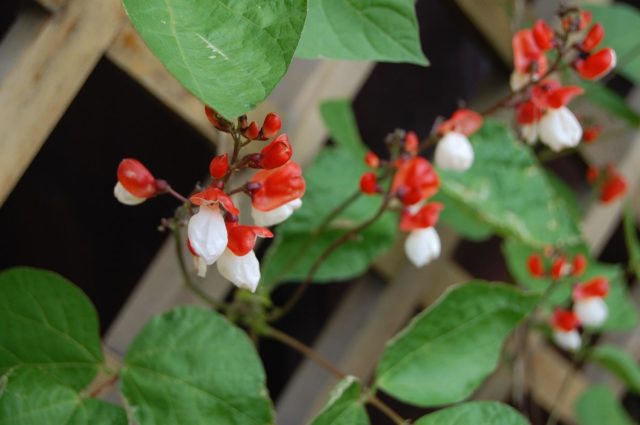

Turkish beans are also called fiery red beans. This is a flowering climbing annual, the length of thin, branched shoots of which reaches 2.5 m. Large (up to 30 cm) trifoliate green leaves consist of oval leaves, pointed on one side. The flowers are bright red in color, but can also be two-colored, with a white center and red edges.
Unlike most curly annuals, Turkish beans prefer light partial shade. The plant does not tolerate frosts well. Closer to autumn, on the climbing shoots, the formation of bean fruits begins, reaching a length of up to 27 cm.
Important! Young, soft, slightly unripe fruits of fiery red beans can be eaten boiled.
Convolvulus
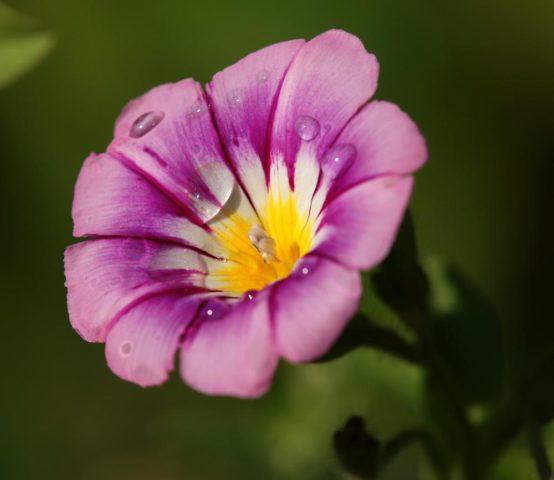

Convolvulus is another climbing flower from the Bindweed family, cultivated as an annual. It is resistant to recurrent spring and early autumn frosts, therefore flowering begins in early summer and lasts until autumn. The average plant height is about 20 cm, but there are many dwarf (up to 10 cm) and higher (up to 50 cm) varieties.
Like most bindweed, flowers open only during the daytime, in the presence of the sun. They remain closed in cloudy weather. The shade of the petals, depending on the variety, can be very diverse.
Ipomoea purple
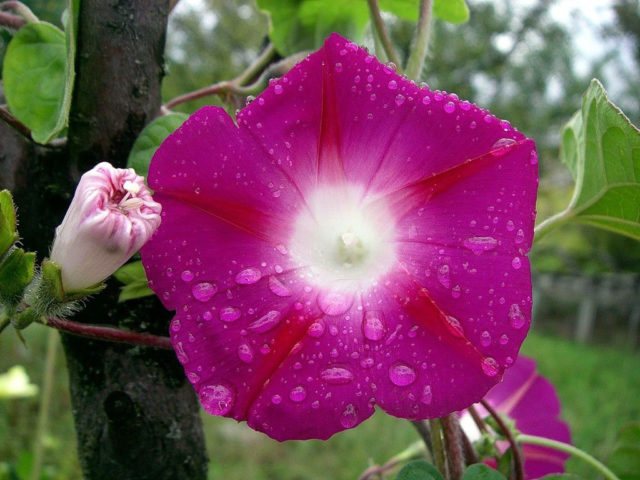

Ipomoea purple - a variety of morning glory, a curly annual with shoots 3 - 4 m long and ovoid-pointed leaves of a bright green hue. The flowers are funnel-shaped, up to 6 cm in diameter, usually sitting alone in the axils, can be simple, striped or double and have different colors: blue, white, blue. The most common purple-violet gamut. This climbing liana has a long, abundant flowering and is ideal for growing in central Russia.
Important! The lifespan of a morning glory flower is 1 day.
Rhodochiton


Rhodochiton are curly annual flowers that attract attention with their exotic appearance. In the wild, the liana is perennial and reaches a height of up to 100 m, when grown as an annual, the height usually does not exceed 3 - 4 m. Curly stems are characterized by pronounced internodes, from which petioles with heart-shaped single leaves with a toothed lateral surface extend. The perianths have a bell-shaped shape and a lighter, pinkish color; tubular flowers, painted in a wine-purple hue and consisting of 5 petals, are attached to them.The fruit is a pod.
Mamordika
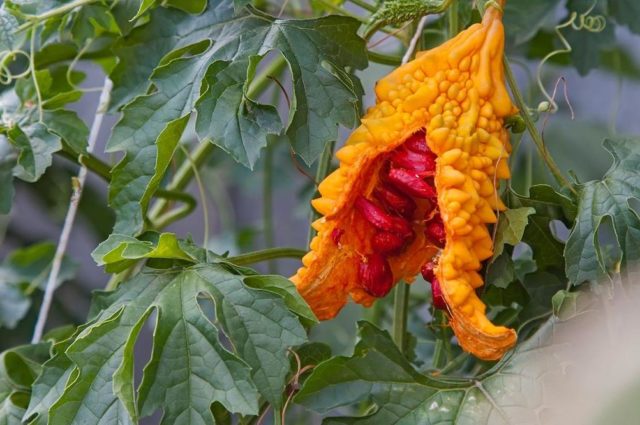

Momordica is a herbaceous climbing vine cultivated as an annual. The plant belongs to the Pumpkin family, it is distinguished by fragrant flowers and unusual bright orange fruits. Originally from India, Momordica.
The length of the stems of this climbing annual can reach 2 m, they have light green large, beautifully cut leaves. The flowers of the plant are bright yellow, after flowering, elongated-oval fruits up to 20 cm long are formed. The fruits of Momordica are eaten, they have many useful properties.
Ornamental-leaved vines
Decorative-leaved vines have small and nondescript flowers, but they have gorgeous foliage, which is why they are appreciated in garden design.
Among the decorative leafy lianas, girlish grapes, which many gardeners dislike, but in vain. It should be noted that this plant is quite frost-resistant, and besides, the maiden grapes grow incredibly quickly and tolerate pruning painlessly, which makes it possible to easily control the growth of shoots. With the onset of autumn, this liana transforms, becoming elegant and colorful, easily replacing autumn flowers.
Advice
Maiden grape is a densely leafy liana that can be used to create "impenetrable" green walls that perfectly protect from sunlight.
Ivy - another representative of decorative leafy lianas, which, although growing slowly, but very thoroughly. The curly thickets of its greenery are an excellent cover for creating shady corners in the garden. They are decorated with trunks, planted on alpine hills and in a rose garden. And ivy is also great for vertical gardening of walls, especially since its green color remains in winter. Another plus is that it does not destroy wood, concrete or brick.


Actinidia, Chinese lemongrass, hops, honeysuckle-honeysuckle can be attributed to conditionally decorative-leaved vines. So, honeysuckle it does not bloom for long, but it has original leaves and bright, however, inedible fruits. Schisandra and actinidiaon the contrary, they are often grown as fruit crops. As for hops, it is undoubtedly beautiful, but once planting it in your garden, you are unlikely to get rid of this plant later. The hop roots will very quickly spread throughout the site, and soon fresh shoots will begin to appear in large quantities in all corners of the garden.


Caring for indoor species of vines
Despite some difference between the varieties of these plants, they have the following features in common:
- lighting should only be diffused;
- air humidity should be at least 75 - 80%.
Direct sunlight falling on the foliage of these perennials (or annuals) leaves burns on it, and the plants begin to hurt. And when the air humidity is below 70%, the foliage will dry, turn yellow and fall off. And as a result, instead of a beautiful liana with decorative foliage or beautiful flowers, there will be a naked shoot with several leaves in the house.


Clerodendrum
Therefore, the main thing that should be provided for such perennials is special lighting and high humidity in the room.
Lush blooming vines
Lianas with beautiful flowers are a godsend for a landscape designer who decorates a garden. They are able to transform any garden and turn it into a real work of art. Flower-strewn pergolas and arches will perfectly complement the existing architecture of the garden. They can be used both as ground cover plants and for decorating structures, or they can become independent elements of the landscape. The most popular of the flowering vines are clematis and climbing roses... In terms of the splendor of flowering and the beauty of flowers, other plants from this series are not able to compete with them.
Most varieties of climbing roses bloom only once a season, usually in May-June.During the flowering period, the plants are strewn with inflorescences, and the flowers themselves on climbing roses are white, red, yellow, pink - almost all shades. For a short time, your garden is dressed up in a chic floral outfit. If short-term flowering does not seem to you enough, then you can plant a climbing rose that can bloom all summer, for example, rose New Down... It grows up to three meters in height, blooms with pale pink, almost white flowers, which have a pleasant aroma, including apple notes. The leaves of this variety are dark green, small, glossy with shine. It blooms throughout the season, and lives long enough.
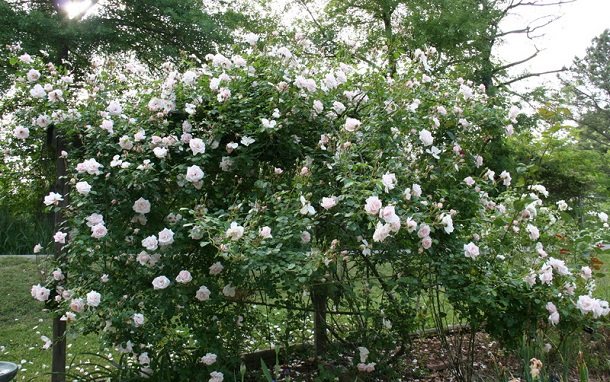

Clematis - another pearl of the garden. It is believed that this plant is capricious and a lot of trouble with it. This partly corresponds to reality, but everything pays off with the extraordinary beauty of clematis. There are many varieties of this vine, they are divided into groups: Vititsella, Jacqueman, Florida, Lanuginoza. In each of them, clematis are grouped according to the shape and color of flowers, as well as the agricultural technology used.


The rest of the flowering perennial vines are somewhat inferior to roses and clematis, but they are no less good, therefore they are also popular among gardeners. Take at least Kampsis - a woody liana with openwork foliage and orange or red flowers in the form of gramophones, or a lichen that blooms with beautiful lilac or pink clusters. You can plant a climbing hydrangea, it blooms in July-August. The inflorescences of this liana are in the shape of umbrellas and reach a diameter of twenty centimeters.


Calistegia - herbaceous liana, reaching up to four meters in height, blooms at an earlier date - June-July. It blooms profusely, in the form of small but very attractive double white-pink flowers.
Another variety - azarina, a plant with not very high shoots. It begins to bloom in the second half of summer and pleases the eye almost until the first frost.
Most species passionflower, better known as indoor liana, feel good outdoors, so they can be planted in the garden. The flowers of this variety are large, with a pleasant aroma, outwardly reminiscent of alien flora.
Lianas will give your garden not only beauty, but also practical benefits! So do not hesitate and plant these climbing plants on your site, and you will surely be fascinated by the result.
How to get the harvest
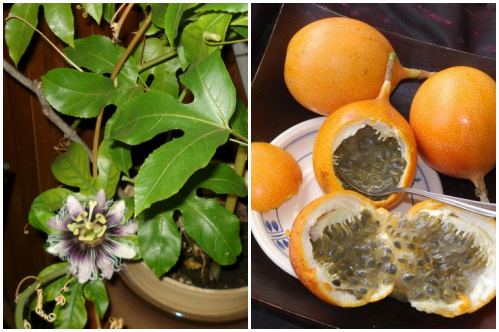

In warm regions, harvesting is very easy. It is enough to plant vine seedlings in fertile soil, and the warm climate will do its job - a powerful plant will bloom and bear fruit.
At home, passionflower blooms often, but only some gardeners achieve the appearance of ovaries.


Conditions required for fruiting:
- Passionflower (passion flower) is a dioecious plant that requires cross-pollination. Therefore, it is necessary to have at least two simultaneously flowering specimens.
- Pollination is necessary. They are pollinated by hand by transferring pollen from the stamens of one flower to the pistil of another with a soft brush (cotton swab).
After successful pollination, ovaries are formed.
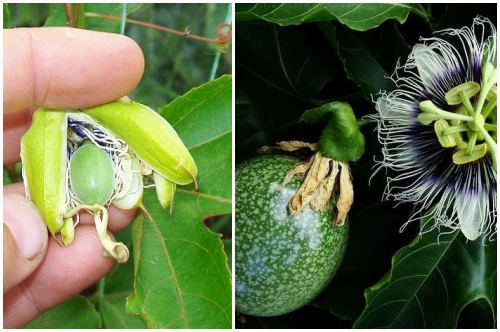

Passion fruit are yellow or red-brown in color. The aromatic pulp has a jelly-like consistency with a sweet or sour taste.
What are vines?
Liana is the life form of climbing plants.which can have both leaves and flowers. Due to their weak stems, loaches cannot stay upright in the air, so they reproduce due to various vertical supports that they use as a basis. With the help of antennae, roots and twigs, they cling to supports, thereby growing into large shrubs.
Initially, vines grew only in tropical zones, later this type of plant began to spread throughout Europe, pleasing the eye to all lovers of gardens and summer cottages.
Vines can be both annual and perennial.... Annual plants are famous for their fast growth and brightness of colors, however, most gardeners prefer perennial vines, since they are more unpretentious, do not require specific care, are resistant to many diseases and to harsh weather conditions, for example, as in the Moscow region.
Similar and different traits of vines
Vines grow and multiply with ease using cuttings and take root just as quickly. Therefore, the flower easily took root in the conditions of the room. All vines have many similarities, but there are also differences. Some of them have a flexible stem, others have a herbaceous base, the base of other vines becomes woody over time.
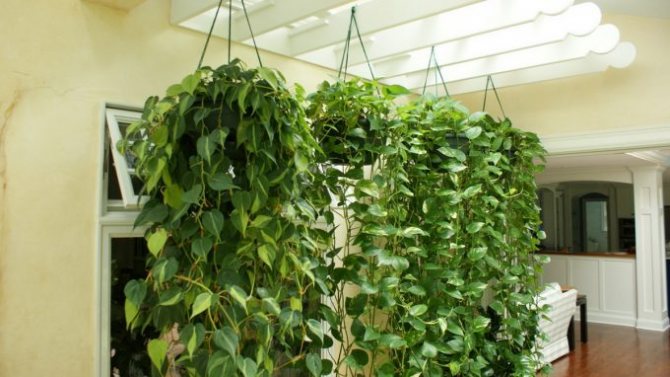

They may have a different growing season, crops can be annual, but perennial representatives of vines are also grown in apartment conditions. They are evergreen or shed their leaves at certain times of the year.
If we talk about indoor vines, then they are usually evergreen and perennial. Grassy vines also grow in apartment conditions, but flexible or woody crops can be planted on the personal plot.
The branches of plants are attached to the surface in different ways. For this type, breeders even divide indoor vines into subspecies. Among them:
- kornelazyushchaya vine, attached to the support with the help of roots;
- curly or tendril-bearing type, involves fastening the plant with the help of lateral shoots or tendril shoots;
- leaning vines, attached to the support with suction cups.
Planting and care rules
As a rule, climbing plants grow well in pre-prepared soil and are unpretentious. However, there are still several planting recommendations that should not be neglected.
First you need to decide on the planting site of the vines.
In this case, it is necessary to take into account such specific features of the plant as:
- resistance to weather conditions;
- thermophilicity.
It is also important to remember that each type of plant will have its own way of attaching to the support.
Therefore, you need to choose such a landing site so that the vine can comfortably accommodate:
- on trees, tall shrubs and other vines, clematis and hydrangea will curl well;
- on artificial supports (fences, walls, gazebos) - grapes, honeysuckle, ivy, actinidia;
- on screens, arches, cones clematis, roses, and wisterias can comfortably accommodate.
You should also remember a number of rules., applicable to all climbing plants: they should not be planted near walls forming a corner, near a drain or sewer.
Before planting a plant, it is better to develop a rough plan for its placement on paper, or seek help from a landscape designer.
As soon as all the nuances about a suitable place for a plant are observed, you can safely proceed to the planting process.
You need to plant a plant 15-30 cm from the wall. The soil should be pre-fertilized using a large amount of humus.
Vines are best planted in spring with adult seedlings., into the ground with a depth of not less than 50 cm. In this case, the bottom of the pit must be laid with drainage so that the plant takes root as quickly as possible.
The planted sprout should be watered abundantly during the first week to start growing as quickly as possible. Further, as the shoots grow, they need to be actively cut and thinned out, help them to strengthen on the support, feed and water.
For perennials, an additional pruning procedure in the fall and warming of the roots for the winter are also needed.
The main features of decorative vines
Lianas for the garden are climbing plants that delight the eye for more than one summer season. They cannot grow up on their own and certainly need some support. In garden landscape design, such original supports as arches, pergolas and much more are used to fix the vines.
To gain a foothold on a support, many perennial climbing plants use a variety of convenient devices. Certain species can directly wrap around the support itself only with their top. Often, vines are attached to the fence only with their special shoots in the form of antennae, and some use special roots in the form of suckers for these purposes.
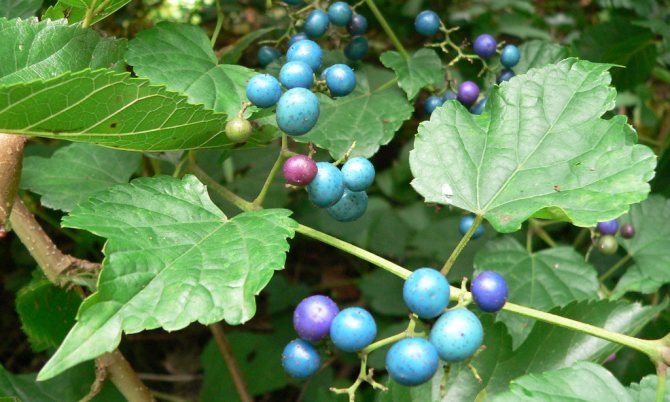

Woody vines take longer to grow than grassy ones.
Regardless of the method of attachment to the support, all climbing plants can be divided into two types:
- herbaceous;
- woody.
Climbing plants each new season begin their growth directly upward and completely preserve the already grown branches and all their stems. For wintering, herbaceous perennial lianas leave only their root, and their entire aboveground part dies off completely every autumn. With the onset of spring, these vines, just like similar perennial flowers, release young shoots from the roots with unusually beautiful fresh leaves and flowers.
Loaches perennials: photos and names
According to the principle of growth, all climbing plants are divided into two types:
- tree lianas;
- herbaceous vines.
Tree vines have this name due to the fact that their stems resemble a tree trunk in structure, so in the spring they can continue to grow from where they left off last year.
In turn, herbaceous vines need to be pruned every fall at the root, therefore, after a year they should begin to grow again.
In addition, perennial loaches come in different varieties: frost-hardy, beautiful and shade-loving.
Each class of plants and their representatives must be introduced separately.
Frost-resistant vines
They are characterized by the fact that they are not afraid of even the most severe frosts, therefore they do not require additional shelter for the winter. However, their annual shoots can still freeze if the temperature drops to extreme levels.
The brightest representatives: Garden and Wild grapes, Campsis, Actinidia.
Lovers of gardens and summer cottages usually plant grapes not only for harvesting, but also for creating decor. Garden grapes are not distinguished by lush flowering, but they bear fruit with delicious berries, the bunches of which gracefully hang down against the background of foliage. Such a plant can be propagated using cuttings or seedlings, and it will bloom perfectly even in the shade. Garden grapes do not require much maintenance, but they should be pruned annually to increase sprouting and fruit abundance. In summer, do not overfill the plant so that the roots do not rot. The vine grows slowly, but forms treelike trunks with lateral shoots. The plant begins to bear fruit 3-4 years after planting.
Wild (girlish) grapes - a climbing plant that is completely immune to low temperatures. It clings to any rough surface and grows to an unprecedented size. Therefore, it is recommended for decorating walls and powerful structures. Wild grapes begin to bloom in April, and in November their leaves turn red and acquire a beautiful cherry hue. Its stems are woody, but light, they can gain weight thanks to good feeding. The flowers are barely noticeable, so it does not differ in large fruits.
Campsis - perennial loach, used for vertical landscaping of areas in the garden. Such vines grow quickly and delight with their flowering from June to September, and can reach a height of 15 meters. The plant is unpretentious to care, it will curl well on pre-prepared supports. Flowering is accompanied not only by beautiful buds, but also by a pleasant smell, which will be especially felt in the morning and evening. It is important to control the growth of roots in Campsis, as it can damage other plants with its roots. To do this, you can dig in plastic fences around the bush, which will serve as excellent protection.
General description of the plant
Liana ended up on the list of domestic cultures by accident. The visitor from the rainforest is shrouded in prejudice and superstition. In fact, the flower does not have magical properties, but simply scares some people with its forms.
Plants of the liana family cannot be confused with other species. Their main difference is creep.... At the same time, they cannot hold on on their own, they need support.
There are several types of this culture:
- herbaceous;
- annual and perennial;
- woody;
- evergreen and with falling leaves;
- with small and large flowers.
There are many varieties, but all plants have strong antennae, attachments, adventitious roots. Lianas are able to bloom, smoothly move from one tree to another, therefore, they need to be kept away from neighboring plants and the necessary conditions for "wall travel" should be created.
In nature, tropical crops can transform an ordinary road into a dense thicket in a few years. In artificial conditions, such abilities are lost.
Plants for home growing are divided into flowering and green (leafy). Green liana is suitable for people with allergic reactions to pollen and odors. At the same time, decorating the house will be more interesting.
Leafy lianas have different tint effects, foliage shape. Flowering plants are capable of bearing fruit, growing along the wall in a short period of time. Liana plants are planted in hanging flowerpots or ampels... Hence their second name - ampelous flowers.
The care and reproduction of domestic vines does not cause difficulties, since the culture has a strong immunity, undemanding to temperature and other standard parameters. The only thing to consider: if there are spots on the foliage, stripes, the plant will need a lot of sunny color to preserve the pattern.
The air humidity in the room where the vine is located is of great importance, therefore, before buying, you should study the variety of the plant, its requirements for living conditions. Without moisture and with severe dryness, the foliage falls off, withers.


